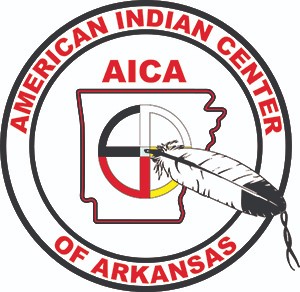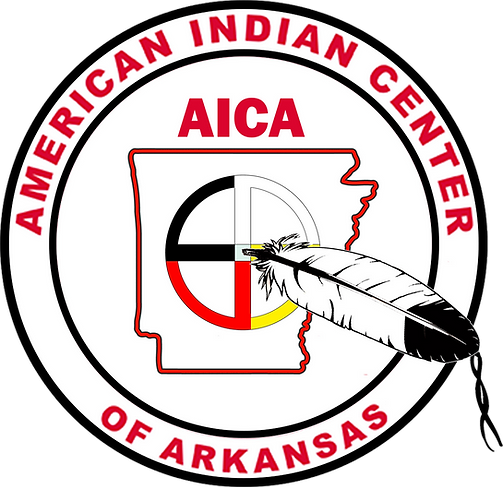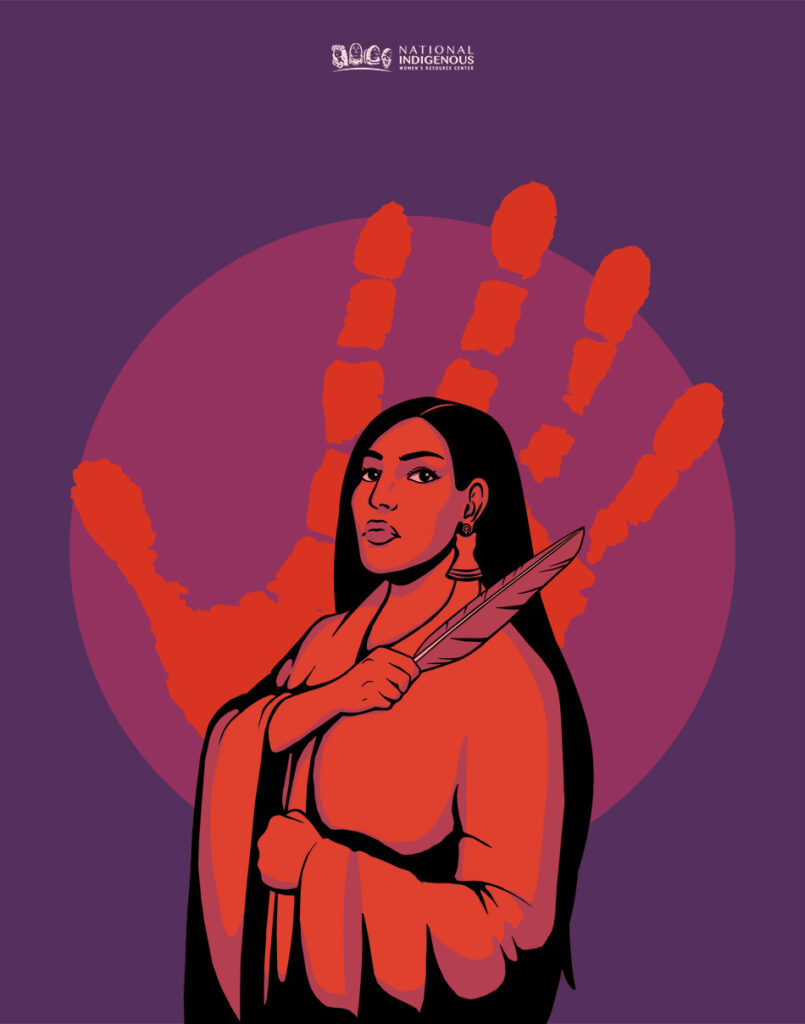
Silent Epidemic: The Crisis of Missing and Murdered Indigenous Women and People (MMIW/MMIP)
“We are not just statistics. We are daughters, sons, mothers, brothers, aunties. We are sacred.”
A National Crisis, Felt Deeply in Arkansas
Across the United States, Native communities are facing a devastating and often invisible crisis: the disproportionate rates at which Indigenous women, girls, and Two-Spirit people go missing or are murdered. This crisis — referred to as MMIW/MMIP — affects families, communities, and Tribal Nations, with deep and lasting harm.
Though data is limited, we know the reality is far worse than what is officially recorded. In Arkansas, Native American families often struggle to get justice, answers, or even attention when loved ones disappear.
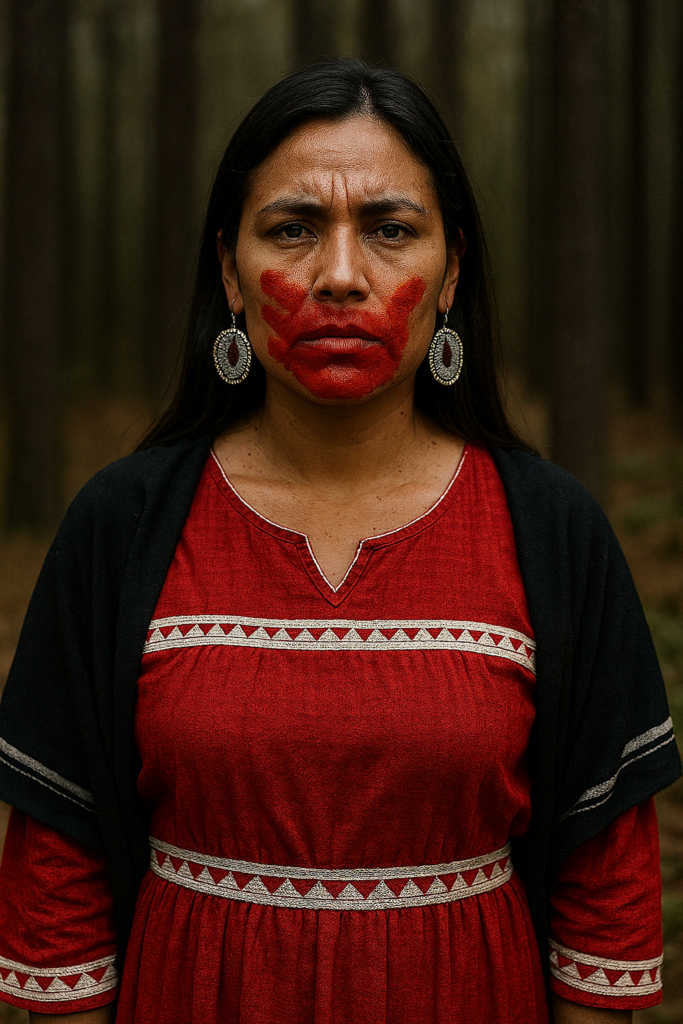
Native women are murdered at rates up to 10x higher than the national average.
Thousands go missing every year, and most cases go unsolved.
We must end the silence.
We must demand justice.
#MMIP #MMIWAwareness #EndViolenceAgainstIndigenousWomen #BringThemHome #WhyWeWearRed
The Numbers Tell a Harsh Truth
- Native American women are murdered at a rate more than 10 times the national average in some parts of the country.
- Homicide is the third leading cause of death among Native women ages 10 to 24.
- In a 2016 study, the National Crime Information Center (NCIC) logged over 5,700 cases of missing Native American women, yet the Department of Justice only listed 116 in its database.
- The states with the highest numbers of MMIP cases include:
- Alaska
- New Mexico
- Montana
- Arizona
- Oklahoma
- South Dakota
- Washington
- California
Arkansas may not appear on national lists, but our Native community here is not untouched. Many cases go unreported or uncounted due to poor coordination, racial bias, and jurisdictional confusion.
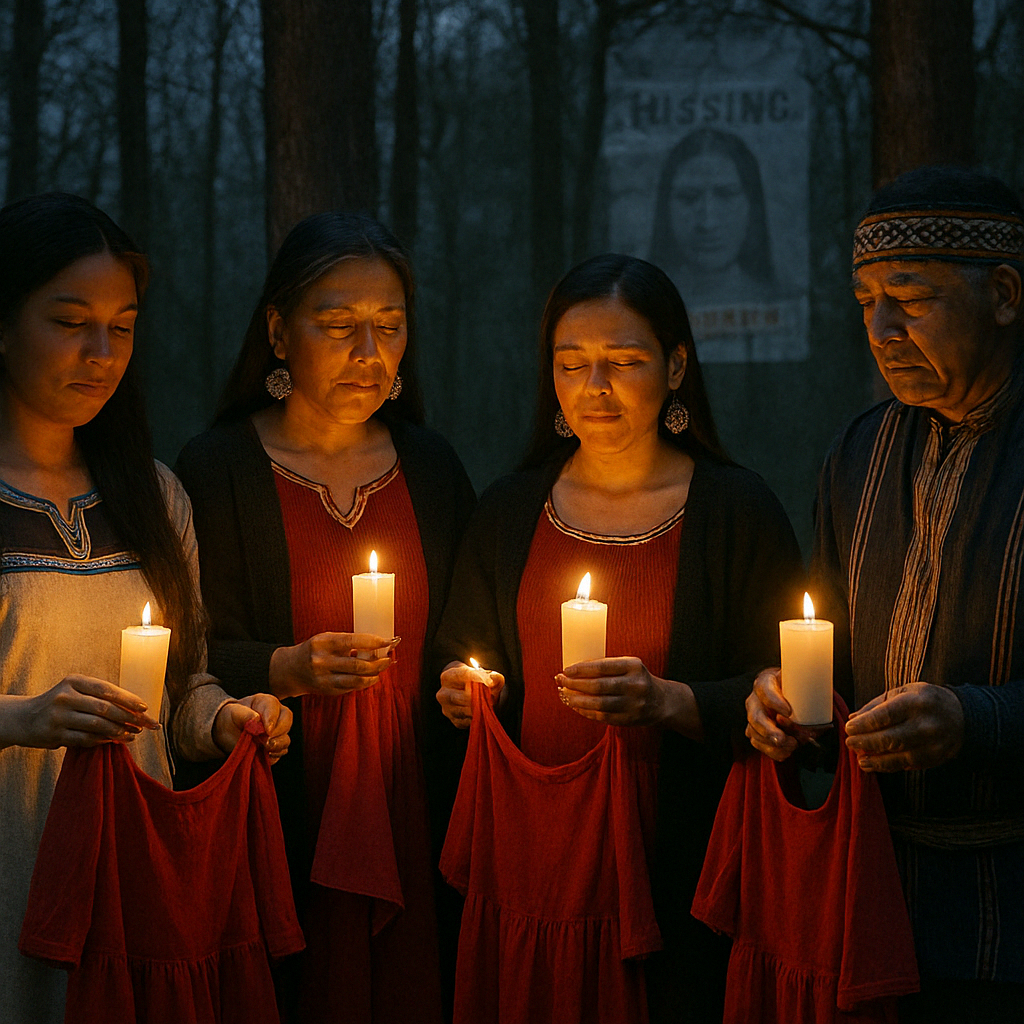
Say their names. Share their stories.
Call your representatives. Support Native-led efforts.
Change starts with awareness — and ends with action.
#SayTheirNames #JusticeForOurRelatives #WeAreStillHere #ProtectIndigenousWomen #MMIWArkansas
Why This Happens: A Legacy of Injustice
The crisis stems from centuries of systemic violence and erasure. Native people often face barriers to justice due to:
- Jurisdictional gaps between Tribal, federal, and state law enforcement
- Underfunded Tribal police departments
- Racism and indifference from local authorities
- Inadequate tracking and data collection
- Historical trauma and disrupted family structures due to colonization and boarding schools
Real Stories from Our Communities
“My niece was only 17 when she disappeared. We called the police, but they acted like she just ran off. It took a week to even file a report. We still don’t know where she is.” – Anonymous, Eastern Oklahoma
“I want people to know my sister’s name. She mattered. Her life mattered.” – Family member of a missing woman in Arkansas
Too many Native families live with unanswered questions and lifelong grief.
Help us share their voices and demand justice.
#RememberTheirNames #MMIW #JusticeForOurRelatives #WhyWeWearRed #IndigenousJustice
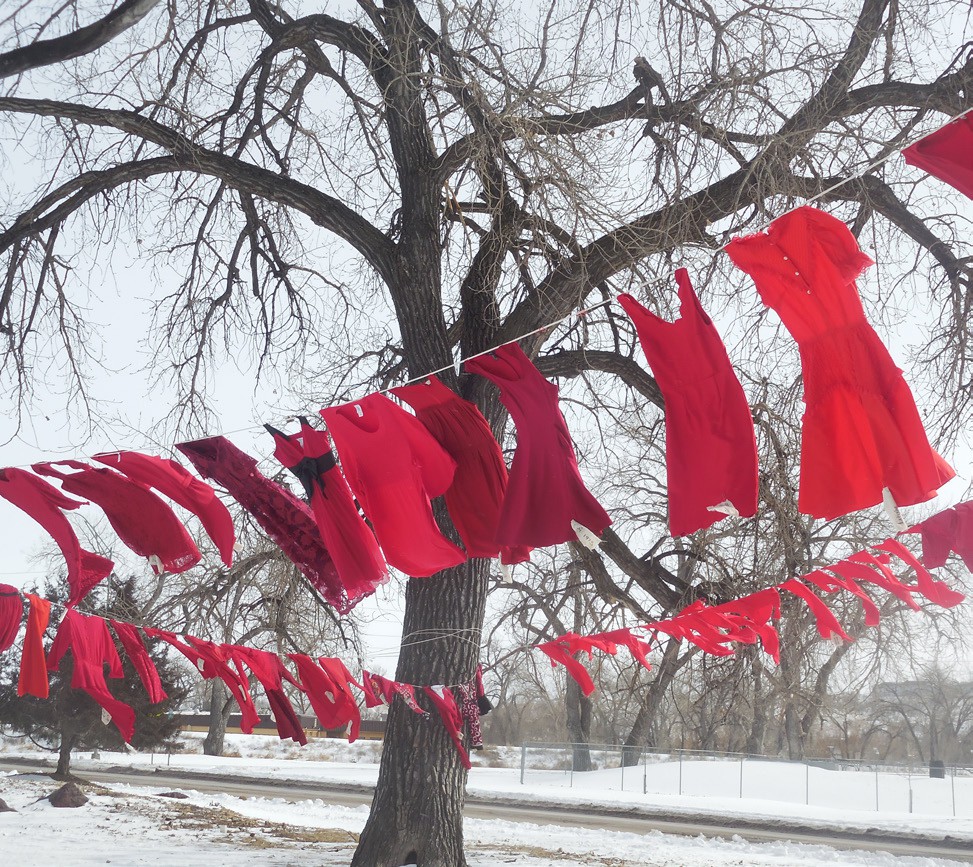
Every red dress tells a story. A sister. A daughter. A mother. A loved one, taken too soon.
MMIW/MMIP is not just a Native issue — it’s a human rights crisis.
We will not be silent. We will not forget.
#MMIW #NoMoreStolenSisters #JusticeForOurRelatives #MMIWArkansas #RedDressDay
What You Can Do
- Learn and Share
Talk about MMIW/MMIP. Share facts, stories, and resources. Awareness is the first step to justice. - Support Native-Led Efforts
Donate or volunteer with organizations like the National Indigenous Women’s Resource Center, MMIW USA, and local Tribal crisis centers. - Attend or Host a Red Dress Event
Red dress displays honor the spirits of missing and murdered Indigenous people. May 5 is National Day of Awareness for MMIW/MMIP. - Demand Change
Call your lawmakers to support legislation like the Violence Against Women Act (VAWA) and Savanna’s Act, which improve law enforcement response and data collection. - Honor the Families
Believe them. Listen to them. Center their voices in every conversation about justice and healing.
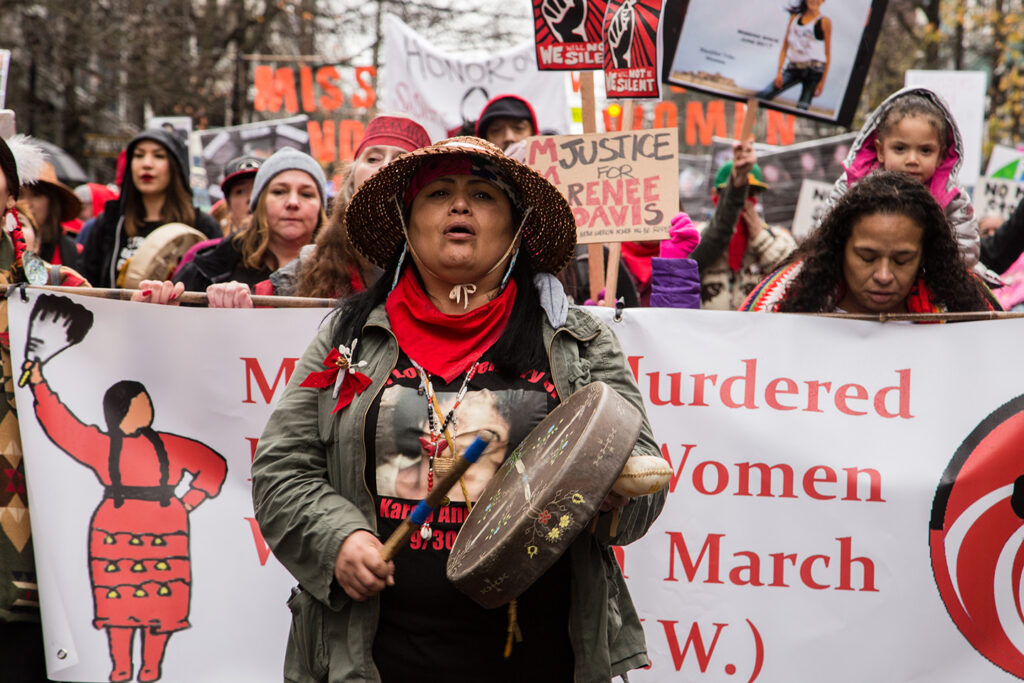
We Are Still Here
The silence surrounding MMIW/MMIP is not accidental. It is part of a long history of erasure. But Native families and advocates are rising up — demanding visibility, justice, and change. We will not stop until every relative is accounted for and protected.
#MMIW #MMIP #NoMoreStolenSisters #JusticeForOurRelatives
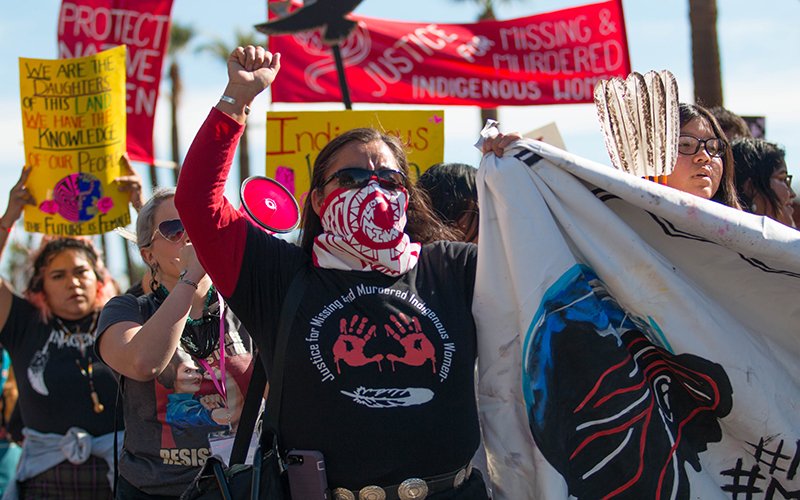
Core Movement Hashtags
- #MMIW
- #MMIP
- #NoMoreStolenSisters
- #JusticeForOurRelatives
- #RedDressDay
- #RememberTheirNames
- #WhyWeWearRed
- Missing and Murdered Indigenous Women (MMIW) – Native Hope
- Silent Epidemic: The Crisis of Missing and Murdered Indigenous Women in America • The KEUKA SUN
Awareness and Advocacy
- #MMIWAwareness
- #EndViolenceAgainstIndigenousWomen
- #IndigenousJustice
- #BringThemHome
- #HonorTheMissing
- #StopTheSilence
- https://www.niwrc.org/mmiwr-awareness
Regional/Community Focus
- #MMIWArkansas
- #NativeVoicesAR
- #IndigenousStrongSouth
- #SouthernNationsUnited
Calls to Action
- #SayTheirNames
- #WeAreStillHere
- #BreakTheCycle
- #ProtectIndigenousWomen
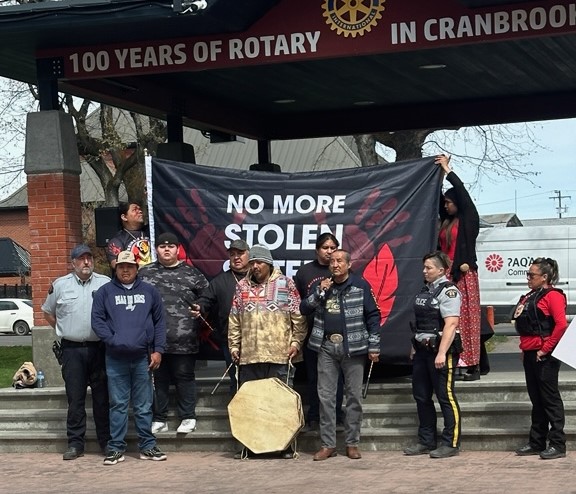
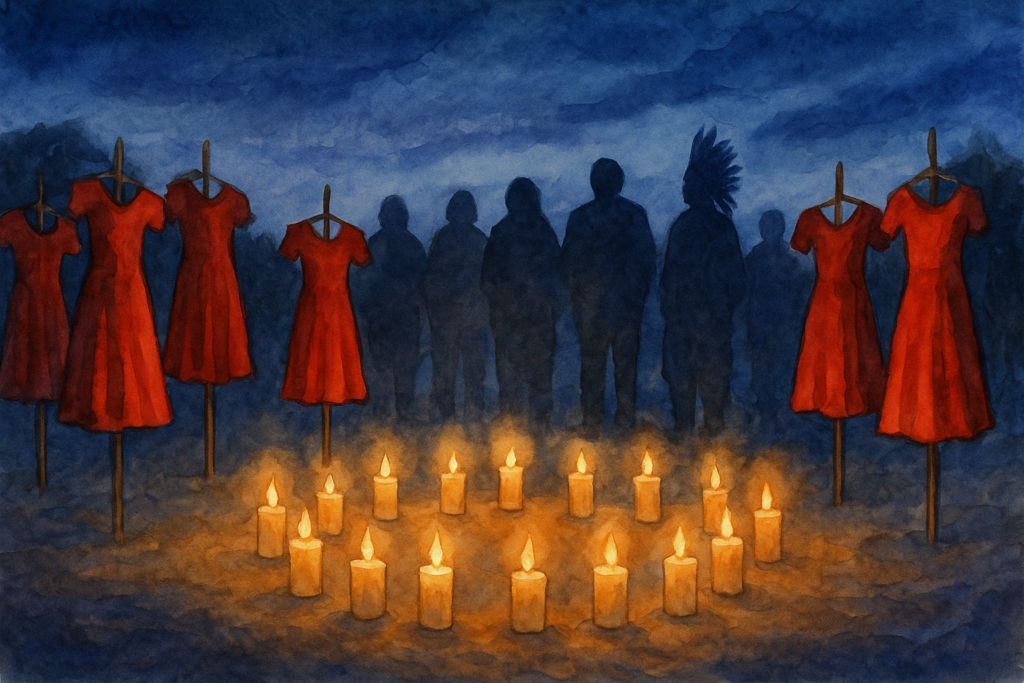
Wear red. Light a candle. Stand with us.
#RedDressVigil #HonorTheMissing #MMIP #NoMoreStolenSisters #NativeVoicesAR
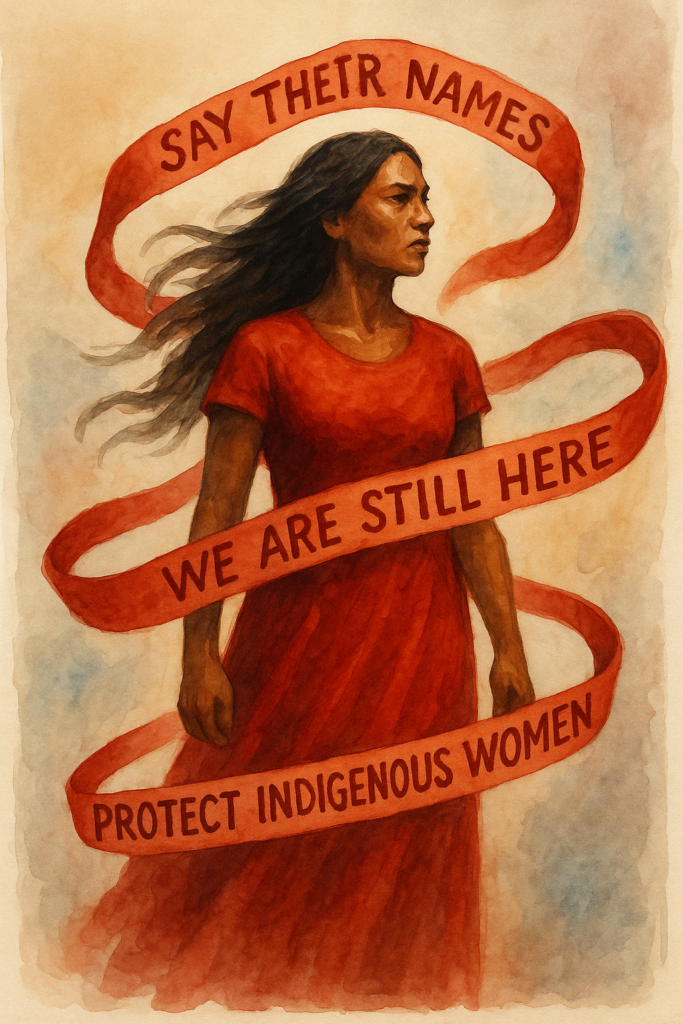
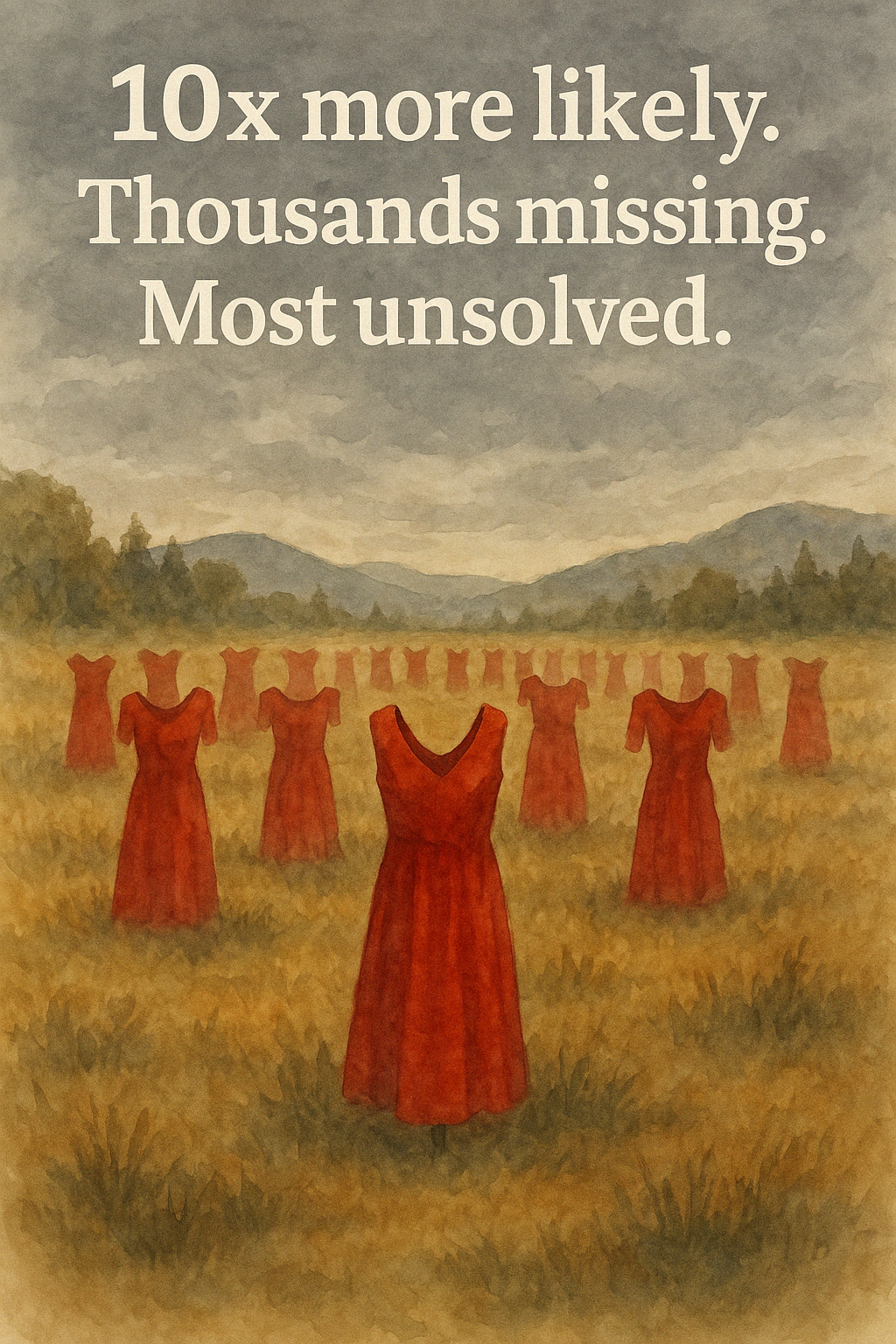
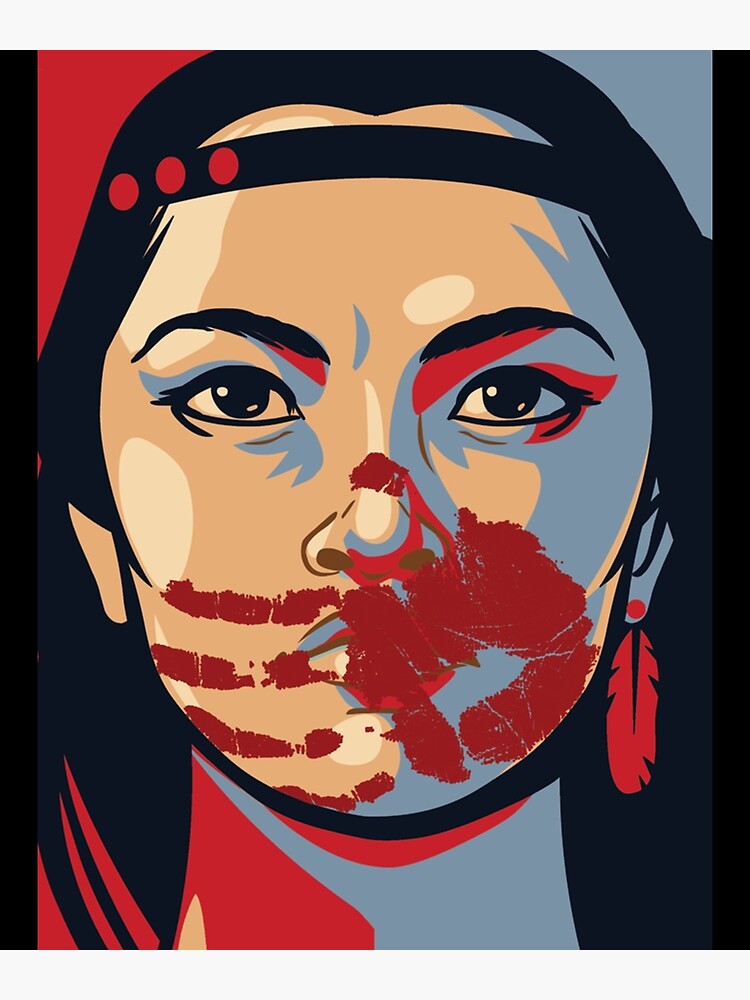
#RememberEmilyPike
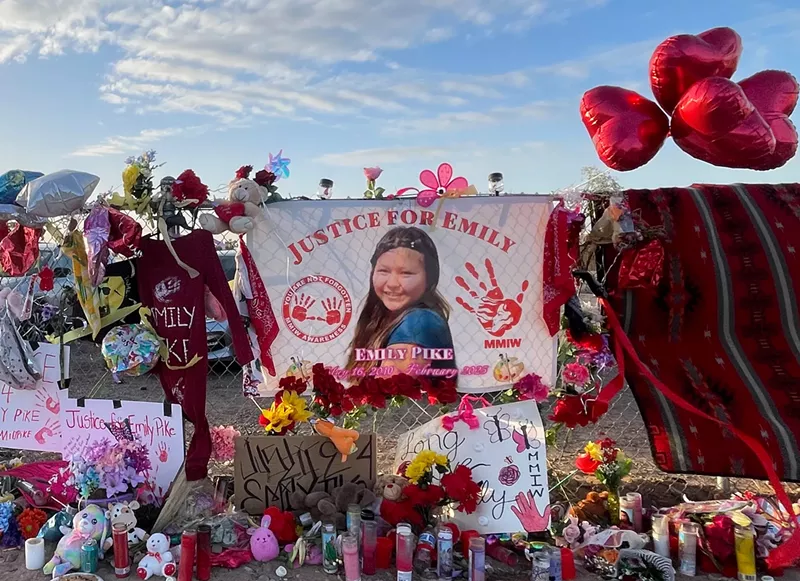
Video from 2022 about the Red Sand Project

At American Indian Center of Arkansas, The Red Dress on display was Designed and crafted by Jewel Cunningham and Solita Johnson, the necklace by Kindra Lockman
“The face piece:
When our relatives disappear, it seems that they have vanished without a trace. For the MMIW piece, I kept the left side of the face empty to represent when our loved ones vanish. Another reason I kept the left side of the face empty is to represent the void we feel when we have lost track of the ones we love.
Red was the only color on the face piece to represent the MMIW movement. In many Native American cultures, it is believed red is the only color that spirits can see. By wearing red, we hope to call back the spirits of our loved ones so they may be close to us once again.
The braided piece:
The braid is made to look like a braid of sweetgrass, as well as a severed hair braid. Sweetgrass has long been used by Native Americans for prayer and healing purposes. When we say prayers for those we have lost, we light sweetgrass and smudge our houses, our hearts, and we pray for all our loved ones.
The severed hair braid symbolizes grief and sorrow. We take pride in our hair, it’s a part of our identity. When we suffer a loss, cutting our hair signifies that we are in mourning. We either bury, burn, or send the hair down a flowing river, to release our love, thoughts, and prayers to the Creator. “
It has been to the Arkansas State Capitol for MMIW awareness week, the VA conference for Native Americans twice, the open house in 2022 and 2023, the gala and UALR.
Andrea Singleton
asingleton@aicago.org
